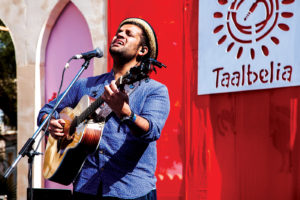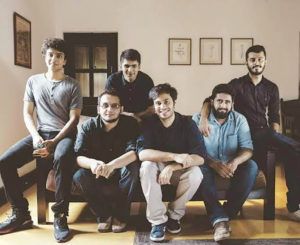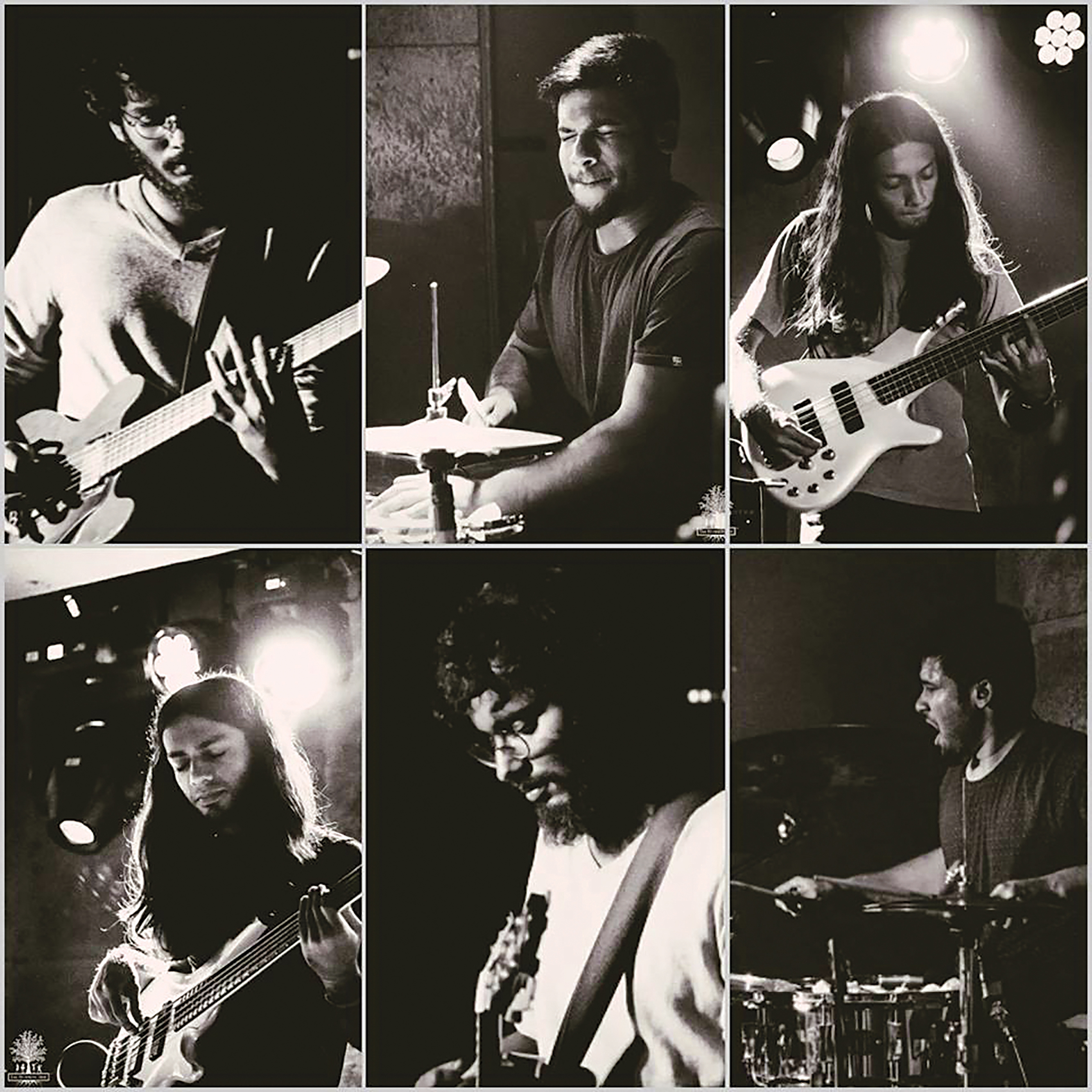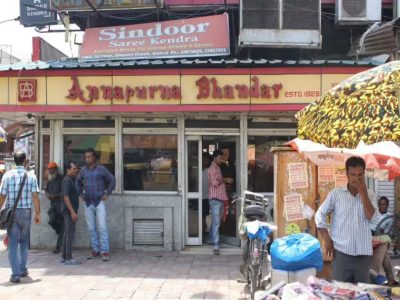For an artist looking for a platform, music apps are just the right fit. From global giants to desi initiatives, they can take their pick
With the evolution of ‘indie’ (independent) or alternative music culture, millennials have taken it upon themselves to ensure the music continues to flow. From setting up their own record labels to associating with established names early on, these musicians stay focused on their goals.
And they are finding a new platform in the shape of music apps like Apple Music, Spotify and Saavan. These apps actively encourage independent artists to share their work in the belief that this will provide a fillip to many upcoming artists who are just waiting to be discovered. Obviously, most budding artists need such initiatives to boost and motivate them, even though they have to pay anything from Rs 129 to Rs 3,900 to get their music on the app.
The response to this new platform has been quite overwhelming. Global giant Spotify noted that it clocked 1 million users in India in just the first week of its launch. As a result, the emerging and evolving music industry has started taking definite shape.
Spotify landed in India when there was already considerable competition in the form of Apple Music, JioSaavn, Amazon Music, Gaana, Hungama and Google Play Music. Then Google announced the launch of the YouTube Music service in India. The choices keep will keep expanding till consolidation sets in.
“India is a huge market and we believe we debuted at the right time, given the size and health of the music industry, the growing creator ecosystem, the increasing smartphone penetration, and evolving consumer segments, matched with the growing need of artists to release their work on a renowned, established and expanding platform,” says Amarjit Singh Batra, who has been Managing Director of Spotify India since April 2018.
Before apps came in, there were patrons like Red FM, which prides itself on seeing the potential of new talents, supporting them and giving them an established language-agnostic platform that helps in bringing their music to the audience it deserves.

Nisha Narayanan, COO and Director, Red FM and Magic FM, says, “In the era of evolving music, independent artists are changing the scenario with their versatility. They create music that is powerful, unique and reaches an equally diverse audience. However, there are still many talented artists who miss out on showcasing their potential for different reasons. Recognising this gap, we have decided to give opportunities and platforms to these artists to showcase their talent and get the audience they deserve.”
However, Dhruv Visvanath, a multi-instrumentalist, composer, singer-songwriter and the only Indian to be mentioned in Acoustic Guitar Magazine USA’s ‘30 Great Guitarists under 30’ (2014) – has a slightly different take on this seemingly rosy scenario.
“Do not invest your time and productivity if you are unsure about its output, or you will have to make your peace with letting it all go down the drain,” he advises artists. “This industry is no joke; it demands discipline as much as experimentation.
“Most music apps charge fees depending on their reach. For me, I always believed this (music) is it. That is the reason for my sustained efforts to gather more listeners. My patience was tested a lot of times but I luckily did not falter. These things take time and I have accepted it, but most musicians are still living in their own bubble, blinded by its glamour.”
Dhruv’s perspective is not far from the truth, for user penetration streaming for independent artists in India is just about 6.4%, according to the International Federation of the Phonographic Industry’s ‘Global Music Report 2019’.
Apple Music, a company that is beyond the numbers game, took a different tack with its music streaming service, focusing on the indie music scene and encouraging new artists to launch their tracks on Apple Music first. The local strategy it adopted in India is not only keeping music listeners hooked to Apple Music but also shaping the careers of many upcoming singers and musicians.
We spoke with members of Delhi-based The Revisit Project, an abundantly talented band that came together during their college days. They play groove and funk with whacked out beats. As the name suggests, the band brings back some of the greatest tunes of all time, mixing it in their own rendition style. They think the music culture is in a boom phase.

“Our motive is to explore more and give out to the audience a newer version/taste of these songs while keeping them all hooked and nostalgic,” says their spokesman. “It’s something new and different, something more creative. Our concept gives us an edge over the others and we intent to make full use of it.” It consists of saxophonist Abhay Sharma, drummer Abhijit Sood, keyboard player Raaed Ehsaan Azim, bass player Karan Wadhwa, percussionist Varun Rajasekharan and guitarist Kanu Gangahar.
How easy is it for a band like The Revisit Project to gain access? Apple has created a system wherein it is easy for independent artists to approach the company and pitch a new idea. “As someone who is releasing an album, the two things that makes sense for us is the exclusive ‘Hear it Here’ on the home page. It is a great help for us when the application specially makes a category for independent music and displays it on the home page.”
Raman Negi, a Delhi-based musician and lead vocalist of The Local Train band, agrees. He says, “Apple places young artists and musicians on the homepage of Apple Music, which is a big deal. Artists like us require as much coverage and response from the viewership as possible.”
We spoke to Zokova, an instrumental trio band, who announced their inception just three years ago and have only recently surfaced as an “experimental, material music artists’’.
“It is nice to see an increase in number of artists who are willing to let the world know of them and their music,” says guitarist and keyboard player Ritwik De. The other members of the band are drummer and percussionist Suyash Gabriel and bass guitarist Amar Pandey. “More and more musicians are coming up every day. An artist’s profile is his homepage on Spotify. It’s where all of your music and content lives. Hear your newest releases, dig deeper with one of your playlists, find out where you’re touring, even buy your recordings. The best way to be considered for Spotify playlists is to make your music as visible as possible and maintain an active presence on Spotify.”
“If you’re not signed to a label or distributor, they have deals in place with companies who can deliver your music to us and collect royalties for you. If you’re a label, they provide services that handle the licensing and distribution of your music and also pay you royalties when your fans stream your music on Spotify. But for that they usually charge a small fee.”
The big launch of the month has been YouTube Music, which is also a part of Google’s YouTube Premium subscription plan (you can subscribe to YouTube Premium or just the YouTube Music app) and will play alongside the Google Play Music app for the time being. “As the Indian music streaming market gets more mature, there will be more demand for independent artists,” states Pawan Agarwal, Head of Music Content Partnerships (India & South Asia), YouTube.
It is slow and slight growth, but that does not seem to deter the upcoming independent musicians of the time. With advances and initiatives by various apps, artists look ahead promisingly.





